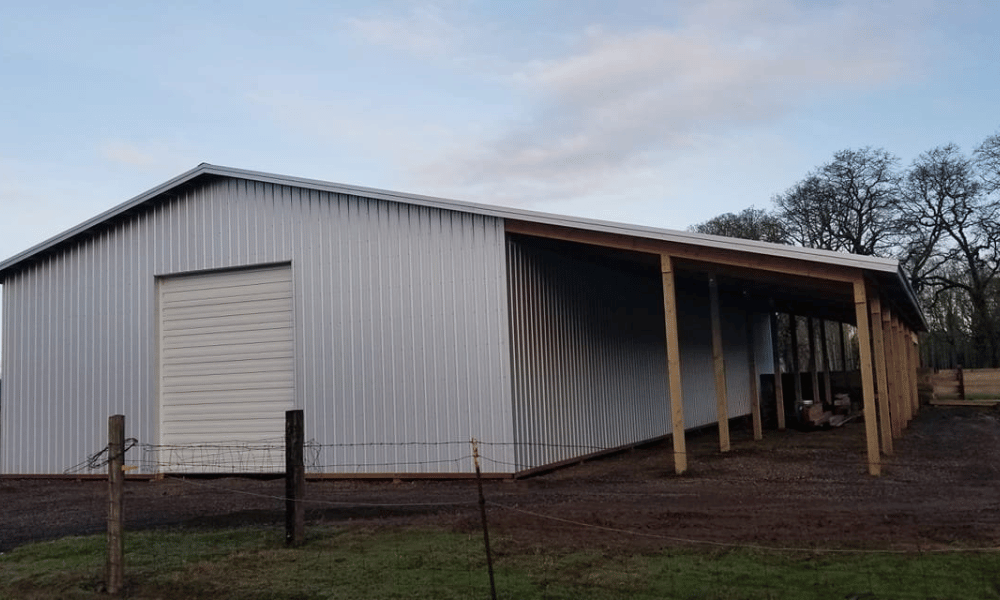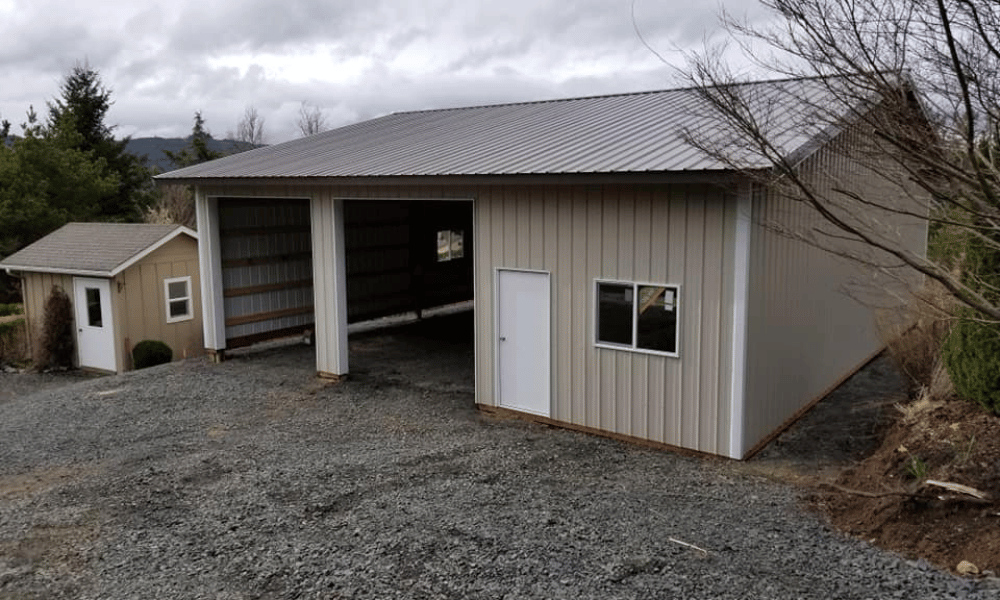Introduction
In today's fast-paced world, extra storage space is a blessing. If you're fortunate enough to have a https://www.deanlindseyconstruction.com/pole-barn-carports-and-awnings pole barn, you're already halfway there! These sturdy, versatile structures offer ample room for various activities, from farming to hobbies. However, the real challenge lies in maximizing the overhead space. In this article, we’ll explore how to maximize overhead space for extra storage in your pole barn, providing practical tips and creative solutions that transform your pole barn into an organized storage haven.
Understanding Your Pole Barn
What is a Pole Barn?
A pole barn is a type of agricultural building that features a post-frame construction method. Unlike traditional buildings that rely on full foundations, pole barns use large poles or posts embedded in the ground. This design makes them incredibly versatile and cost-effective.
Benefits of Using a Pole Barn for Storage
- Cost-Effective: Building and maintaining a pole barn often costs less than traditional buildings. Versatility: They can serve multiple purposes—storage, workshops, or even living spaces. Durability: Built to withstand harsh weather conditions, pole barns are long-lasting.
Key Features of Your Pole Barn
Before diving into maximizing overhead space, you should understand the essential features of your pole barn:
Height: The vertical height of your barn dictates how much overhead storage you can create. Roof Design: The pitch and style of the roof impact the usable overhead area. Interior Layout: Identifying where walls and supports are located will help determine where you can add shelves or racks.How to Maximize Overhead Space for Extra Storage in Your Pole Barn
When it comes to organizing your pole barn effectively, maximizing overhead space is crucial. Here’s how you can achieve that:
1. Evaluate Your Current Storage Needs
Identify What You Need to Store
Before making any changes, take inventory of what items you plan to store in your pole barn. Group them by category—tools, seasonal decorations, outdoor equipment—and note which items are used frequently versus those stored away for longer periods.
Assess Available Space
After identifying your storage needs, measure the available space inside your barn. Understanding dimensions will guide your decisions down the road.
2. Utilize Vertical Space Efficiently
Install Shelving Units
Installing shelving units allows you to stack items vertically rather than horizontally.
- Choose adjustable shelving if possible; this will enable you to customize heights based on what you'll store.
Consider Overhead Racks
Overhead racks mounted on walls or ceilings can store less-frequently-used items like holiday decorations or bulky equipment.
3. Choose Appropriate Storage Solutions
Use Clear Bins for Organization
Clear bins not only keep items contained but also allow you to see contents at a glance without rummaging through boxes.
Label Everything!
Labeling bins and shelves helps everyone find what they need quickly while keeping clutter at bay.
4. Explore Creative Hanging Solutions
Pegboards and Hooks
Utilize pegboards or hooks mounted on walls to hang tools or frequently used items within easy reach yet off the ground.
Ceiling Hooks for Larger Items
Heavy-duty ceiling hooks can hold bicycles or ladders up high, freeing up floor space significantly.

5. Incorporate Furniture with Dual Purposes
Furniture like benches with built-in storage compartments offers both seating and additional storage options without taking up much floor space.
6. Create Zones Within Your Pole Barn
Organizing different areas based on function—like gardening supplies in one corner and sporting equipment in another—will streamline access and improve efficiency when searching for items later on.

FAQs About Maximizing Overhead Space in Your Pole Barn
1. How high should my shelves be in a pole barn?
The height depends on personal preference but consider placing shelves at least 12-18 inches below the ceiling to allow room for larger items or potential adjustments later on.
2. Can I use my loft area for storage?
Absolutely! If your pole barn has a loft area, it’s perfect for storing light-weight but bulky items such as camping gear or seasonal decorations.
3. What types of materials are best for shelving?
Wood is durable and aesthetically pleasing but metal shelving units provide superior strength and stability when holding heavy loads over time.
4. How do I prevent my stored items from getting dusty?
Consider using plastic wrap over open bins/boxes or invest in dust covers specifically designed for outdoor use if necessary!
5. Should I worry about weight limits when loading my overhead racks?
Yes! Always check manufacturer guidelines regarding weight limits before loading overhead racks as exceeding them could lead to structural issues over time!
6. What are some creative ways to maximize small spaces?
Think about using tiered shelving units that take advantage of vertical height without consuming too much floor area—or even wall-mounted organizers!
Conclusion
Maximizing overhead space in your pole barn not only optimizes functionality but also gives you peace of mind knowing everything has its place—a true game-changer when it comes time to find what you need quickly! From installing shelving units and utilizing clear bins to creating zones within your workspace—every bit counts towards creating an organized environment tailored just right!
So roll up those sleeves; it’s time to transform that cluttered chaos into an organized oasis ready for all sorts of exciting projects ahead!
This article provides comprehensive strategies on how to maximize overhead space effectively within your beloved pole barn—ensuring it becomes not just a structure but an organized sanctuary tailored perfectly around YOU!